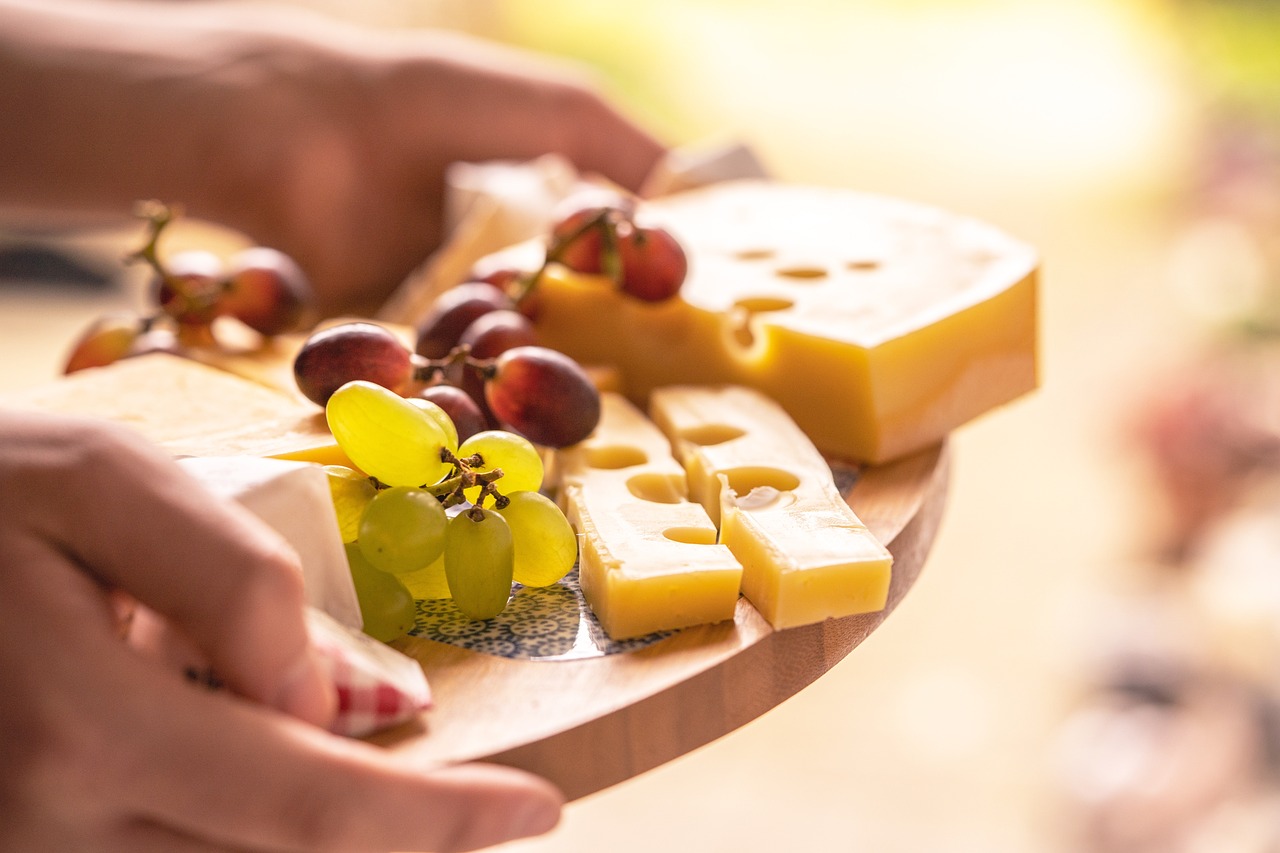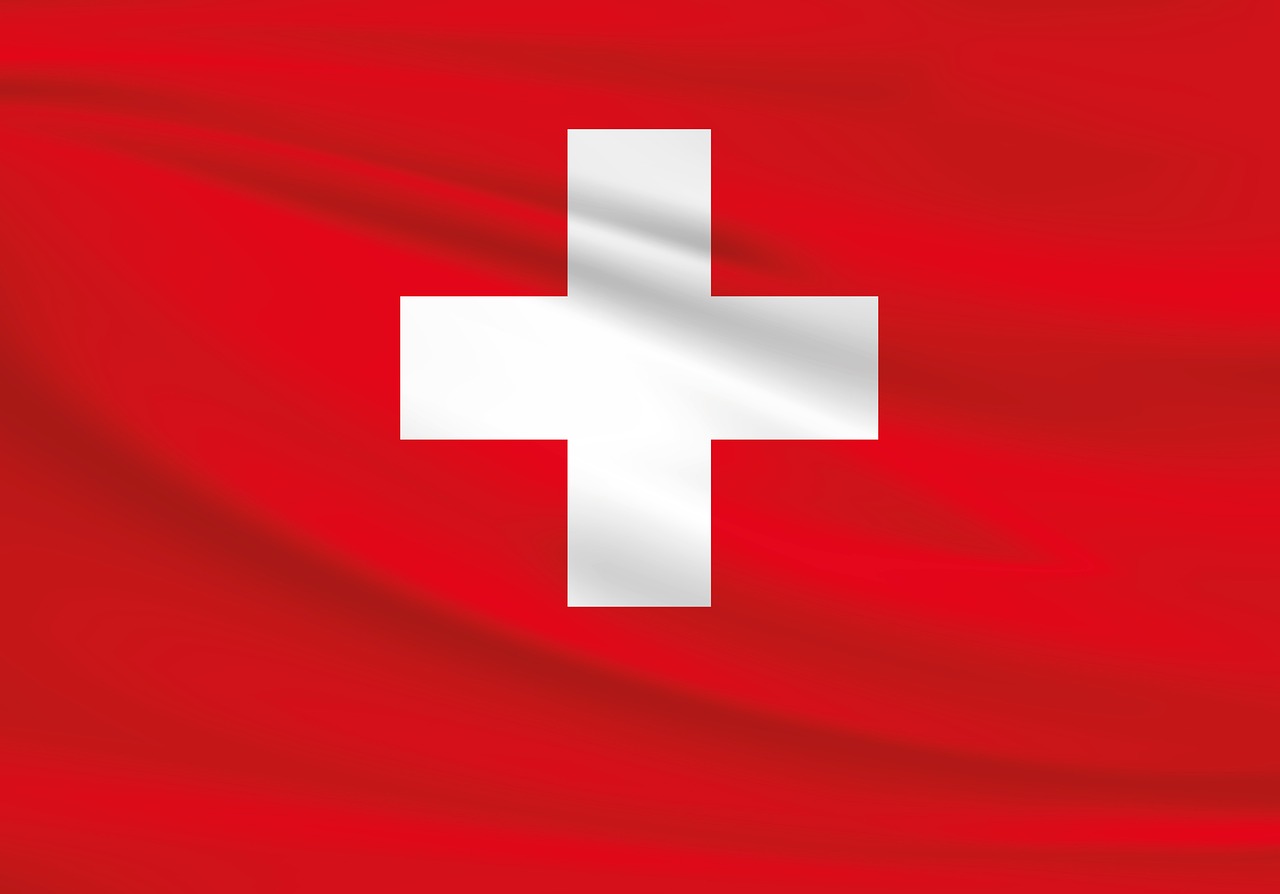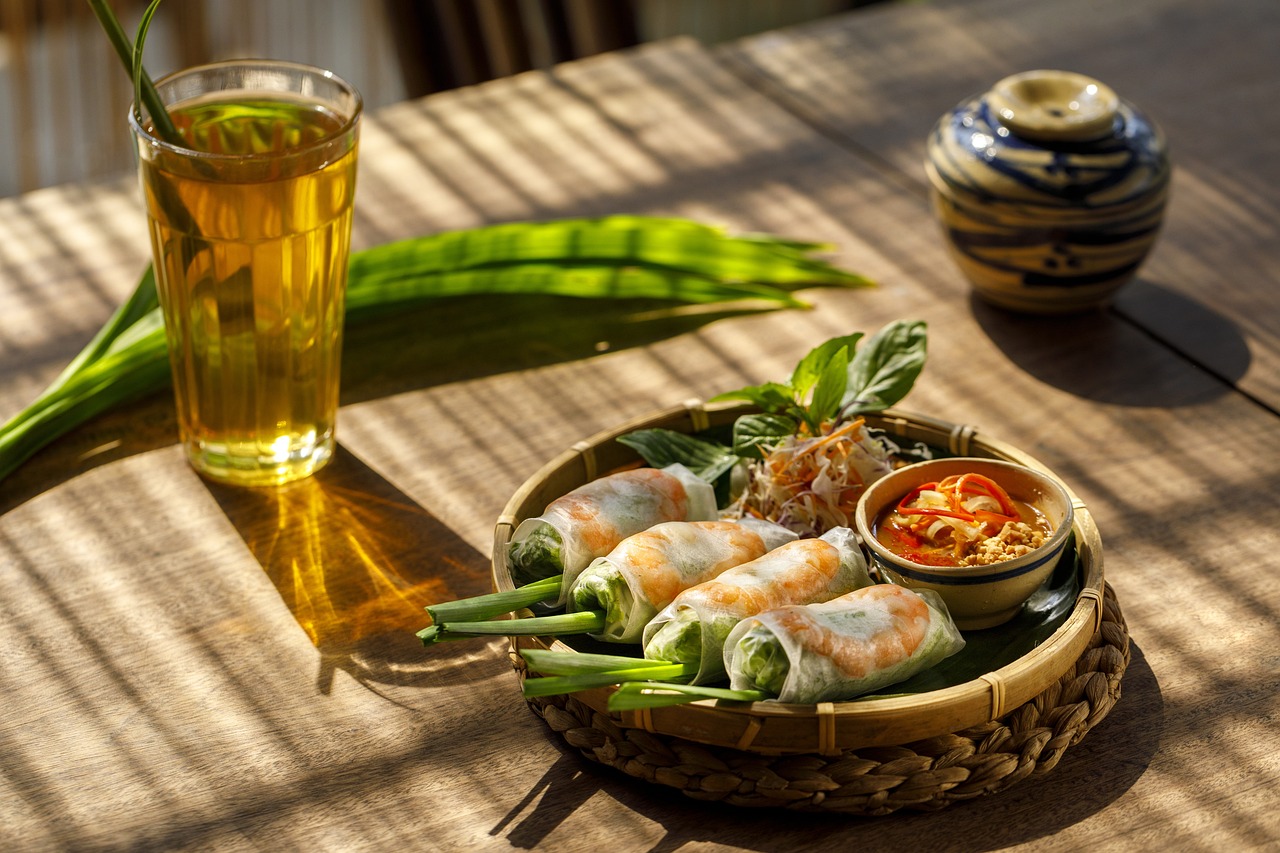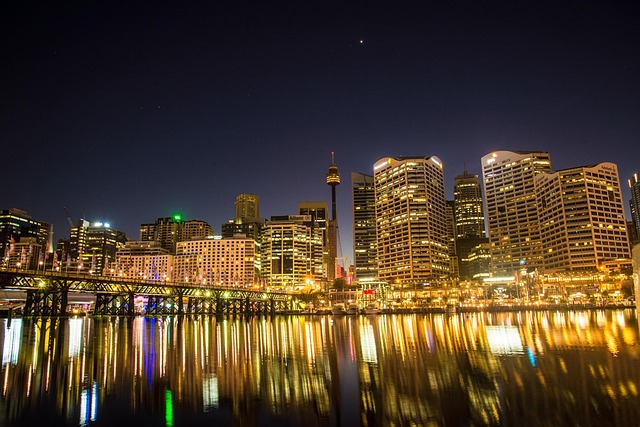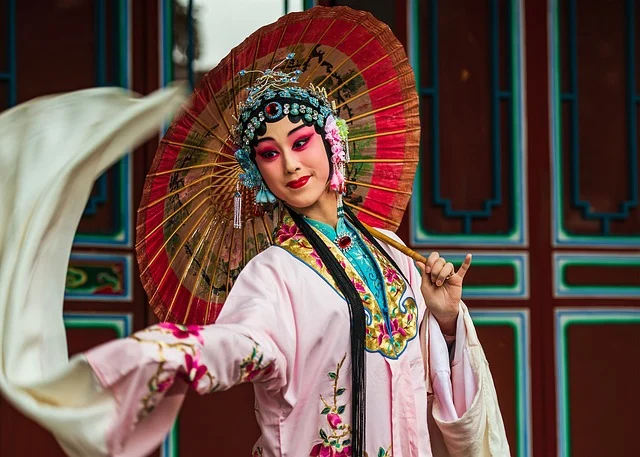Swiss National Holidays and Celebrations: A Detailed Exploration
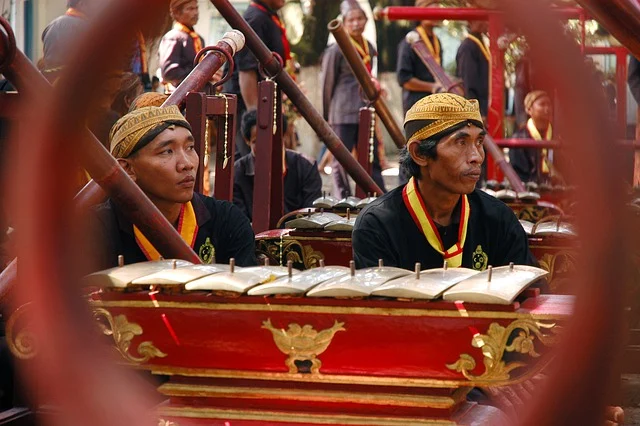
Switzerland, a country renowned for its breathtaking landscapes, precision engineering, and rich cultural heritage, is also home to a fascinating array of national holidays and celebrations. These events reflect the country’s diverse linguistic, religious, and regional traditions, offering a unique glimpse into Swiss identity. From solemn religious observances to lively folk festivals, Swiss holidays are deeply rooted in history and culture. In this article, we will delve into the most significant Swiss national holidays and celebrations, exploring their origins, traditions, and how they are celebrated across the country.
1. Swiss National Day (August 1st)
Origins and Significance
Swiss National Day, celebrated on August 1st, is the most important national holiday in Switzerland. It commemorates the founding of the Swiss Confederation in 1291, when the three founding cantons—Uri, Schwyz, and Unterwalden—signed the Federal Charter on the Rütli Meadow. This event marked the beginning of Switzerland’s journey toward independence and unity.
Celebrations
Swiss National Day is celebrated with great enthusiasm across the country. The day typically begins with the ringing of church bells, followed by patriotic speeches, traditional music, and folk dances. In the evening, communities gather for bonfires, fireworks, and lantern parades. Families and friends come together to enjoy traditional Swiss dishes such as bratwurst, raclette, and Swiss chocolate. The Rütli Meadow, located near Lake Lucerne, hosts a special ceremony attended by political leaders and citizens, symbolizing the unity of the Swiss people.
2. Christmas (December 25th)
Origins and Significance
Christmas is one of the most cherished holidays in Switzerland, celebrated by both religious and secular communities. It marks the birth of Jesus Christ and is a time for family, reflection, and generosity.
Celebrations
Swiss Christmas traditions vary by region, but some common elements include decorating Christmas trees, exchanging gifts, and attending midnight Mass. In German-speaking regions, children eagerly await the arrival of Samichlaus (Swiss German for Santa Claus), who brings gifts on December 6th, St. Nicholas Day. In French-speaking areas, Père Noël (Father Christmas) is the central figure. Swiss Christmas markets, such as those in Zurich, Basel, and Montreux, are famous for their festive atmosphere, offering handmade crafts, mulled wine, and seasonal treats like lebkuchen (gingerbread).
3. Easter (Dates Vary)
Origins and Significance
Easter is a major Christian holiday in Switzerland, commemorating the resurrection of Jesus Christ. It is celebrated with a mix of religious observances and secular traditions.
Celebrations
Easter celebrations in Switzerland include attending church services, decorating Easter eggs, and organizing Easter egg hunts for children. A unique Swiss tradition is the Zwänzgerle, a game played in some regions where children try to crack hard-boiled eggs with coins. Easter Monday is also a public holiday, often spent with family and friends. In the town of Romont, a spectacular Easter procession takes place, featuring participants dressed in historical costumes.
4. Fasnacht (Carnival)
Origins and Significance
Fasnacht, or Carnival, is one of Switzerland’s most vibrant and colorful celebrations. It has roots in pre-Christian traditions and is celebrated in the weeks leading up to Lent. The most famous Fasnacht celebrations take place in Basel, Lucerne, and Bern.
Celebrations
Basel Fasnacht, recognized by UNESCO as an intangible cultural heritage, begins at 4 a.m. on the Monday after Ash Wednesday with the Morgestraich parade. Participants wear elaborate masks and costumes, and the streets come alive with music from brass bands and drummers. Lucerne’s Fasnacht features the Fritschi family parade, while Bern’s celebration includes the Bärzelitag (Bear Day), where a bear is symbolically released from its cage. Fasnacht is a time of revelry, satire, and community spirit.
5. Sechseläuten (April)
Origins and Significance
Sechseläuten is a traditional spring festival celebrated in Zurich, marking the end of winter and the arrival of warmer weather. The name translates to “the six o’clock ringing of the bells,” referring to the historical practice of extending working hours during spring.
Celebrations
The highlight of Sechseläuten is the burning of the Böögg, a snowman-like effigy symbolizing winter. The faster the Böögg’s head explodes, the better the summer is predicted to be. The festival also includes a grand parade featuring guild members in historical costumes, horse-drawn carriages, and marching bands. Families gather to enjoy traditional foods such as Zürcher Geschnetzeltes (sliced veal in cream sauce) and Zopf (braided bread).
6. Fête de l’Escalade (December)
Origins and Significance
The Fête de l’Escalade is a historic festival celebrated in Geneva, commemorating the city’s victory over the Duke of Savoy’s troops in 1602. The name “Escalade” refers to the scaling of Geneva’s walls by the invaders.
Celebrations
The festival features a reenactment of the historic event, with participants dressed in 17th-century costumes. A highlight of the celebration is the breaking of a chocolate cauldron filled with marzipan vegetables, symbolizing the pot of soup that a Geneva woman famously poured on the attackers. Parades, torchlight processions, and traditional songs add to the festive atmosphere.
7. Swiss Federal Fast Day (Dates Vary by Canton)
Origins and Significance
The Swiss Federal Fast Day, known as Bettag or Jeûne Fédéral, is a day of prayer and reflection observed in Protestant cantons. It has its roots in the Reformation and is a time for gratitude and spiritual renewal.
Celebrations
While the Fast Day is a solemn occasion, it is also an opportunity for families to come together and enjoy a quiet day. In some regions, special church services are held, and traditional foods such as Fastenwähe (a type of bread) are prepared.
8. Swiss Wine Festivals (Autumn)
Origins and Significance
Switzerland’s wine-producing regions, such as Valais, Vaud, and Ticino, celebrate the grape harvest with wine festivals in autumn. These festivals honor the country’s viticultural heritage and the hard work of winemakers.
Celebrations
Wine festivals feature tastings of local wines, traditional music, and folk dances. In Neuchâtel, the Fête des Vendanges (Grape Harvest Festival) includes a grand parade and the crowning of the Reine des Vendanges (Harvest Queen). In Ticino, the Festa dell’Uva showcases the region’s Italian-inspired culture and cuisine.
